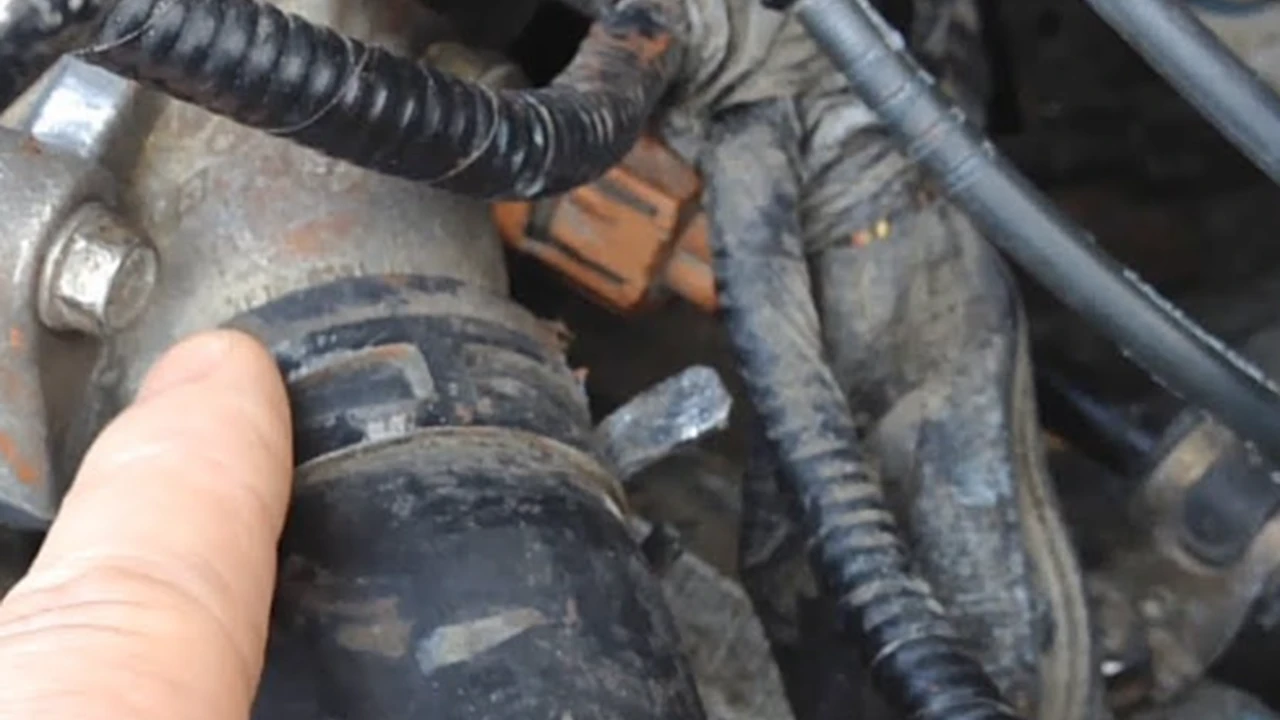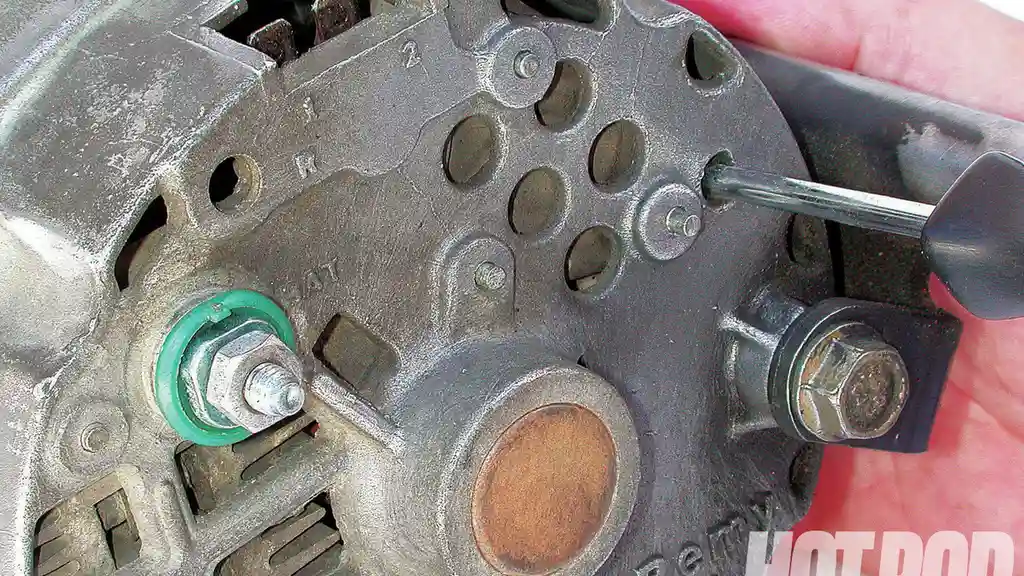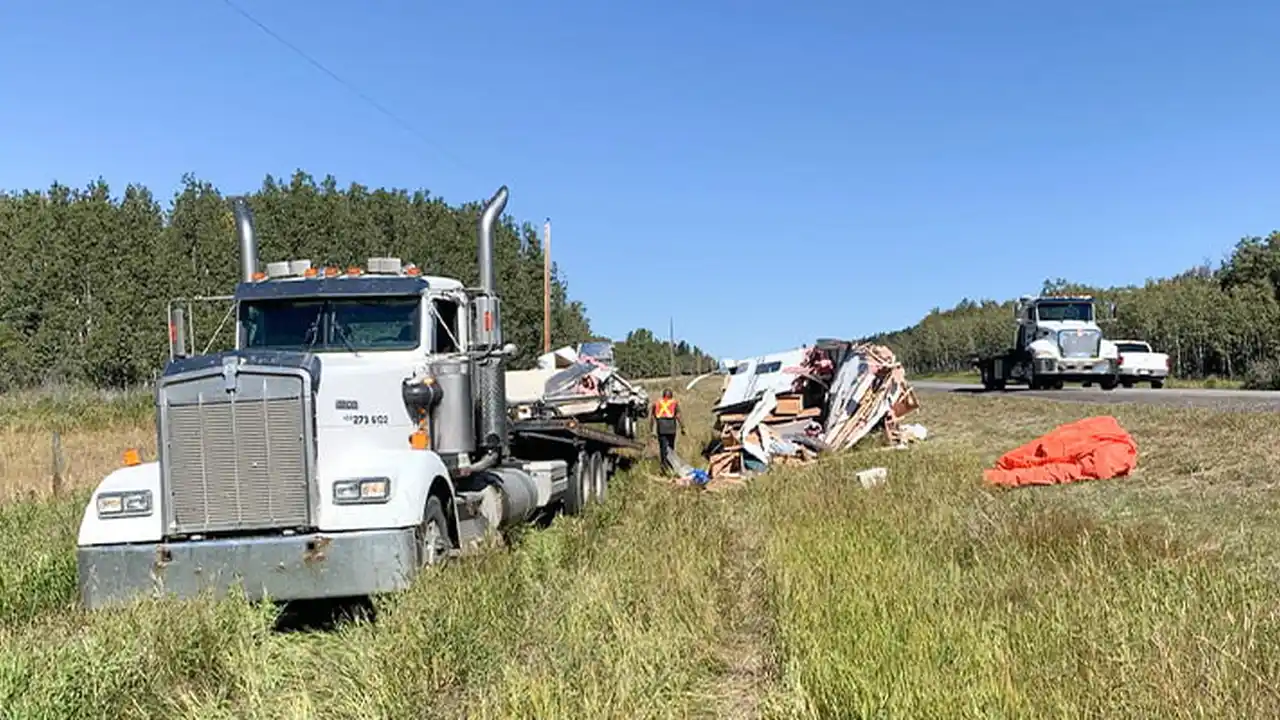How to Temporarily Repair a Radiator Hose Leak: Emergency Fixes

Understanding Radiator Hose Leaks and Their Impact on Your Vehicle
Alright, let's talk radiator hoses. These rubber tubes are the unsung heroes of your cooling system, constantly circulating coolant between your engine and radiator. A leak? That's bad news. It can lead to overheating, which can seriously damage your engine. Think warped heads, blown gaskets, the whole shebang. So, recognizing a leak early and knowing how to patch it up temporarily can save you a ton of cash and a whole lot of stress. Usually, you'll spot a leak by seeing a puddle of green or orange fluid under your car, a sweet smell (that's the coolant!), or a rising temperature gauge on your dashboard. Don’t ignore these signs!
Diagnosing the Type of Radiator Hose Leak for Effective Temporary Repair
Before you start slapping duct tape on everything (which, let's be honest, is tempting), take a sec to figure out what kind of leak you're dealing with. Is it a small pinhole? A larger crack? A split seam? The type of damage will dictate the best temporary fix. Small pinholes might be manageable with sealant. Larger cracks will need a more robust solution like self-fusing silicone tape or even a hose repair kit. A completely blown hose? Well, you're probably looking at a tow truck situation, but even then, knowing a quick fix might get you off the side of the road and to a safer location.
Essential Tools and Materials for Emergency Radiator Hose Repair: Your Roadside Kit
Having a well-stocked emergency kit is crucial. Here's what you should keep in your car:
- Duct Tape: The classic. Not a permanent fix, but can buy you some time.
- Self-Fusing Silicone Tape: This stuff is amazing. It fuses to itself, creating a waterproof and airtight seal.
- Hose Repair Kit: These usually include a section of rubber hose and clamps. Great for larger splits or holes.
- Radiator Stop Leak: A liquid sealant that can plug small leaks from the inside. Use with caution!
- Hose Clamps: Extra clamps are always a good idea.
- Gloves: Protect your hands from hot coolant and grime.
- Pliers: For tightening hose clamps.
- Screwdriver: For loosening and tightening hose clamps.
- Safety Glasses: Protect your eyes from splashing coolant.
- Water: To top off your coolant level after the repair. Distilled water is best, but in an emergency, tap water will do.
Step-by-Step Guide Duct Tape Radiator Hose Repair: A Quick Fix
Okay, so you've got a small leak and duct tape is your only option. Here's how to make it work (temporarily!):
- Let the Engine Cool Down: Seriously, wait. Hot coolant can cause severe burns.
- Clean the Area: Wipe the hose around the leak with a clean cloth. Get it as dry as possible.
- Wrap Tightly: Wrap the duct tape tightly around the hose, overlapping each layer. Extend the tape well beyond the leak on either side.
- Secure the Ends: Make sure the ends of the tape are firmly pressed down.
- Monitor Closely: Keep an eye on the temperature gauge and the leak. This is a temporary fix, and it might not hold for long.
Duct tape is a temporary solution at best. Think of it as a way to limp to the nearest auto parts store or mechanic. Don't rely on it for long-term driving.
Self-Fusing Silicone Tape Radiator Hose Repair: A More Reliable Temporary Solution
Self-fusing silicone tape is a game-changer. Here's how to use it:
- Let the Engine Cool Down: Again, safety first!
- Clean the Area: Wipe the hose clean and dry.
- Apply the Tape: Stretch the tape as you wrap it around the hose. This helps it fuse properly. Overlap each layer by about half the width of the tape. Extend the tape well beyond the leak.
- Continue Wrapping: Wrap several layers of tape around the hose. The more layers, the better the seal.
- Press Firmly: Press the tape firmly to ensure it fuses completely.
- Monitor Closely: Keep an eye on the temperature gauge and the leak.
Self-fusing silicone tape creates a much stronger and more durable seal than duct tape. It's also more resistant to heat and chemicals. Still, it's a temporary fix. Replace the hose as soon as possible.
Radiator Hose Repair Kits: Replacing a Section of Damaged Hose
A hose repair kit allows you to replace a section of damaged hose. Here's how to use one:
- Let the Engine Cool Down: You know the drill.
- Drain Coolant: Drain some coolant from the radiator to lower the level below the hose you're repairing. You can do this by opening the petcock (a small drain valve) at the bottom of the radiator.
- Cut the Damaged Section: Cut out the damaged section of the hose using a sharp knife or hose cutter.
- Install the Repair Section: Slide the replacement hose section from the kit over the remaining ends of the original hose.
- Secure with Clamps: Tighten the hose clamps securely on both ends of the repair section.
- Refill Coolant: Refill the radiator with coolant.
- Check for Leaks: Start the engine and check for leaks around the repair.
Hose repair kits are a more permanent solution than duct tape or silicone tape, but they're still not a substitute for a new hose. Make sure the replacement section is the correct diameter for your hose.
Radiator Stop Leak Products: A Temporary Internal Sealant Solution
Radiator stop leak is a liquid sealant that you add to your coolant. It circulates through the cooling system and plugs small leaks from the inside. While it can be effective, it's important to use it with caution. Some stop leak products can clog the radiator and heater core, leading to bigger problems down the road.
How to Use Radiator Stop Leak:
- Let the Engine Cool Down: Yep, again.
- Add to Radiator: Pour the stop leak into the radiator. Follow the instructions on the bottle.
- Run the Engine: Start the engine and let it run for the recommended amount of time. This allows the stop leak to circulate and seal the leak.
- Monitor Closely: Keep an eye on the temperature gauge and the leak.
Recommended Products and Comparisons:
- Bar's Leaks Radiator Stop Leak: A popular and affordable option. Effective for small leaks. ~$10
- Liqui Moly Radiator Stop Leak: A more premium option. Contains corrosion inhibitors. ~$15
- K-Seal ST5501 Multi Purpose One Step Permanent Coolant Leak Repair: Claims to be a more permanent fix. ~$25
Product Comparison: Bar's Leaks is a good choice for a quick and cheap fix. Liqui Moly offers added protection against corrosion. K-Seal is a more expensive option that claims to be a more permanent solution, but results may vary. All of these are temporary solutions and should be followed by a proper hose replacement.
Preventative Maintenance Radiator Hose Inspection and Replacement
The best way to avoid a roadside radiator hose emergency is to inspect your hoses regularly. Look for cracks, bulges, or soft spots. Squeeze the hoses to check for brittleness. If you see any signs of wear, replace the hose before it fails. A good rule of thumb is to replace your radiator hoses every 4-5 years, or 50,000-60,000 miles, whichever comes first. It's cheap insurance against a costly breakdown.
Choosing the Right Replacement Radiator Hose: Materials and Compatibility
When replacing a radiator hose, make sure you choose the right one for your vehicle. Check your owner's manual or consult with a mechanic to determine the correct part number. There are two main types of radiator hoses: EPDM rubber and silicone. EPDM rubber hoses are the most common and are a good choice for most vehicles. Silicone hoses are more durable and heat-resistant, but they're also more expensive. Make sure the replacement hose is compatible with your vehicle's cooling system.
Product Recommendations:
- Gates Radiator Hose: A trusted brand known for quality and durability. ~$20-40
- Dayco Radiator Hose: Another reputable brand offering a wide range of hoses for various vehicles. ~$15-35
- Mishimoto Silicone Radiator Hose Kit: A premium option for high-performance vehicles. Offers improved heat resistance and durability. ~$100-200
Product Comparison: Gates and Dayco are reliable choices for everyday vehicles. Mishimoto silicone hoses are designed for performance applications and offer superior heat resistance, but they come at a higher price. Choose the hose that best suits your vehicle's needs and your budget.
Driving Safely After a Temporary Radiator Hose Repair
After making a temporary repair, drive cautiously. Keep a close eye on the temperature gauge. If the engine starts to overheat, pull over immediately and let it cool down. Don't push your luck. Get the hose replaced as soon as possible. Consider your temporary fix a "get out of jail free" card, not a long-term solution. Drive at lower speeds and avoid heavy acceleration to reduce stress on the cooling system. And most importantly, get to a mechanic ASAP!
:max_bytes(150000):strip_icc()/277019-baked-pork-chops-with-cream-of-mushroom-soup-DDMFS-beauty-4x3-BG-7505-5762b731cf30447d9cbbbbbf387beafa.jpg)






